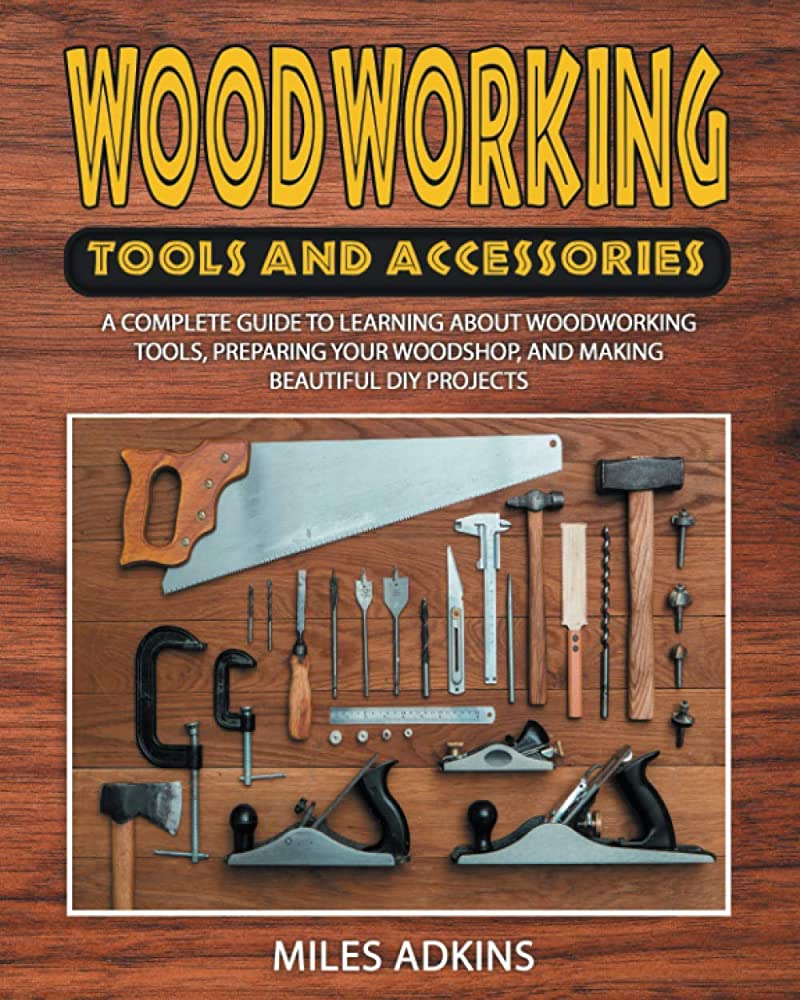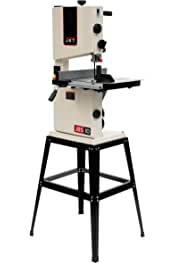
If you've ever wondered how to finish your doors or windows, you've come to the right place. There are several important steps involved in finishing trim. This article will teach you how to install trim. Once you have mastered the steps, you can apply the trim yourself. These are some helpful tips that will make it as simple as possible. Whether you're working on a DIY project or tackling a professional one, you'll be well on your way to a beautifully finished door or window.
Techniques
You don't have to be a professional, but you should know how to finish trim. Several tips can help you complete your project without any trouble. Avoiding common mistakes when trimming is important. Here are some techniques to avoid. These can help you save time and avoid headaches.

Tools
Sharp pencils are essential tools in any carpentry endeavor. A good pencil can be worth its weight when trimming the ends. Just a third of an inch can make all the difference between a good installation and a perfect one. Don't forget to sharpen your pencil. Make sure you have enough trim on hand for the project. These are the essential tools you will need for trimming your trim. They will make your job go much smoother! Keep in mind, the sharper your pencil, the smoother your trim installation.
Materials
There are many options for finishing trim materials. Some types are made with plaster and other materials. While others are made out plastic. Trim is often referred to as casing or molding. This article will discuss the different types of trim, as well as the proper techniques for installing them. Be sure to match the decor of your room before choosing trim material. It may be a good idea to test different materials to see which one will work best for you.
Preparation
When you paint, there are many things to remember during the preparation process. Not only does the preparation affect the final result, but it will also affect the flow of your project. Make sure you gather all the supplies you'll need and store them in an accessible location. After collecting all the supplies, you should clean them thoroughly before beginning the process. Follow these tips to prepare trim properly. After cleaning your trim, apply the final coat.

How to choose a finish
There are three primary paint finishes available for wood trim. Each one has a unique look. The color of your trim will also influence the look of your house. Here are some tips to help choose the right paint finish for you home. Below are the main paint finishes that wood trim can be used to help you choose the right paint finish. Read on for an in-depth comparison of each finish.
FAQ
What's the difference between plywood vs particle board?
Plywood is a combination of layers of wood, which are then pressed together under high pressure. Plywood comes in several thicknesses and is commonly used for cabinets and flooring. Particle board is made up of sawdust mixed in resin, then compressed into large pieces. It's often used for home renovation projects. Both types are sturdy and easy to cut.
How do I calculate woodworking prices
It is essential to calculate costs as accurately as possible when pricing any project. Always make sure you get the best price on materials. Also, consider all other factors that can affect the price of your projects such as skill level, experience, time and cost. Check out our guide on the average cost of common DIY projects to get an idea of how much you can spend on woodwork projects.
How often should I buy new supplies?
Some tools will need to be replaced over time. You'll need to sharpen your hand tools regularly if you use them. You'll also need to replace parts if you use power tools. To avoid buying too much at once, try to spread your purchases out over a few months.
Statistics
- Woodworkers on the lower end of that spectrum, the bottom 10% to be exact, make roughly $24,000 a year, while the top 10% makes $108,000. (zippia.com)
- The U.S. Bureau of Labor Statistics (BLS) estimates that the number of jobs for woodworkers will decline by 4% between 2019 and 2029. (indeed.com)
- The best-paid 10 percent make $76,000, while the lowest-paid 10 percent make $34,000. (zippia.com)
- Average lumber prices rose about 600 percent between April 2020 and May 2021. (familyhandyman.com)
External Links
How To
How to use a handsaw correctly
Hand saws can be used to cut wood into small pieces. These saws are most commonly used to cut wood into pieces. A hand saw is a tool made from metal or plastic which cuts material such as wood, plastics, metals, etc.
The main advantage of using a hand saw is its ability to make precise cuts at any angle without adjusting the blade. They are also easy to sharpen, unlike power tools. But there are disadvantages. They are also heavy and bulky so be careful when moving them. Additionally, if they are unfamiliar, it is possible to injure oneself.
There are many different ways to hold a hand saw. While cutting, it is important to keep your hands clear of the blades. If you don't, you might get hurt. To hold the saw properly, your thumb should be in contact with the blade. This will ensure that you don't accidentally touch or scratch the blade.
Use a hand saw only if you don't want anything to be under the piece of wood being cut. Doing this would cause the blade to slip off the wood's surface. Always check the area where you want to cut before starting. You must ensure that no nails, screws, or any other objects are under the wood.
Always wear safety glasses when you use a handsaw. They keep dust out of your eyes, making it easier for you see what you are doing. Safety glasses also protect your eyes from flying debris.
First, learn how to safely use a hand saw. After that, practice until it becomes comfortable enough to start cutting. Once you know the basics, it will be easy to cut anything.